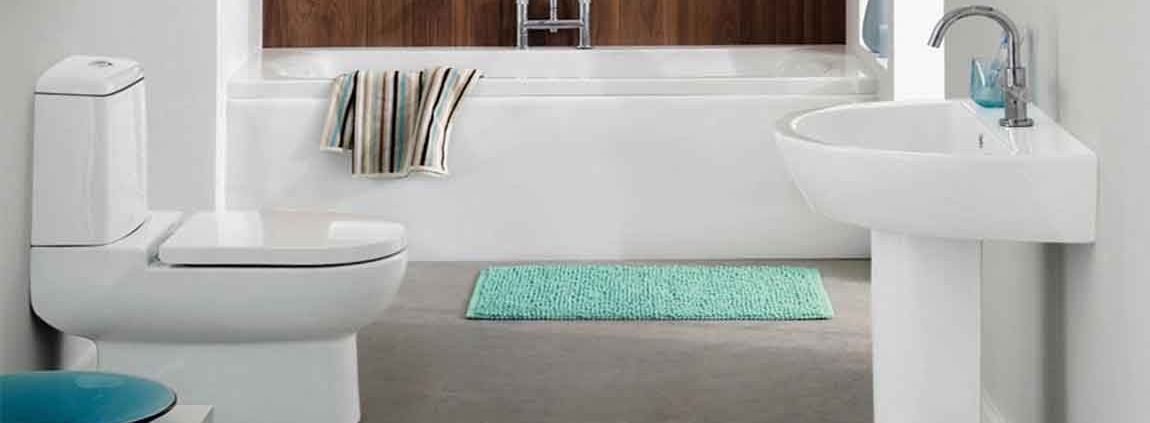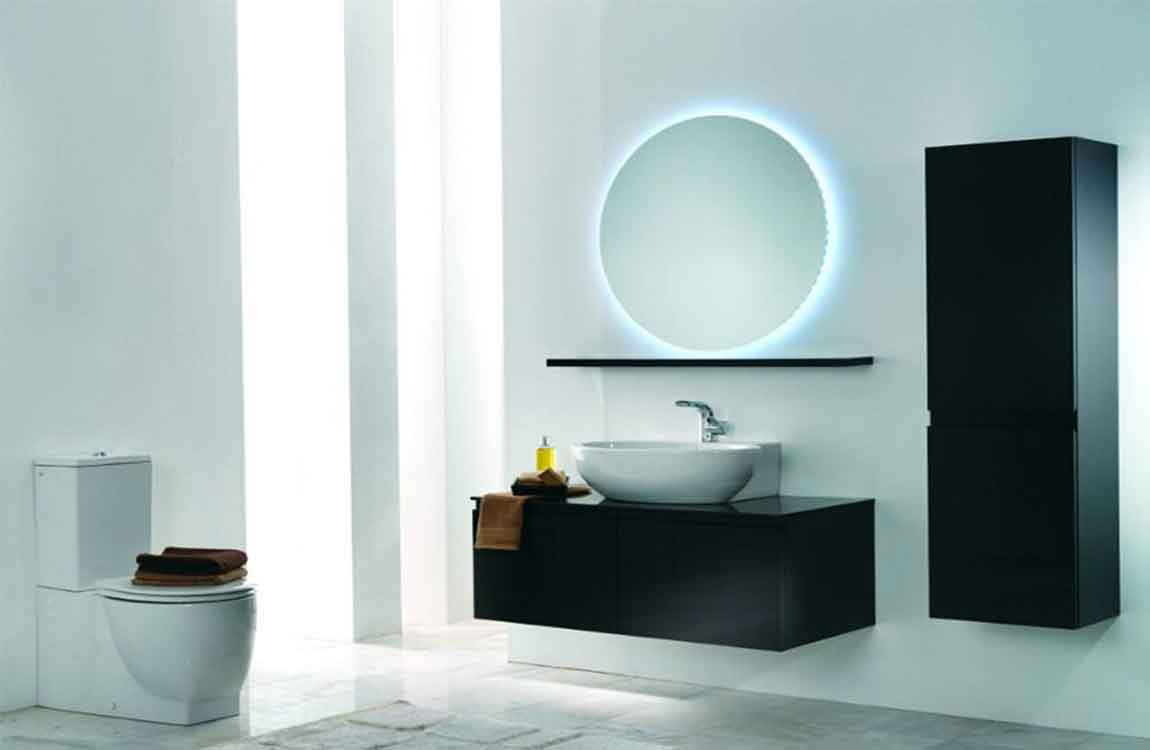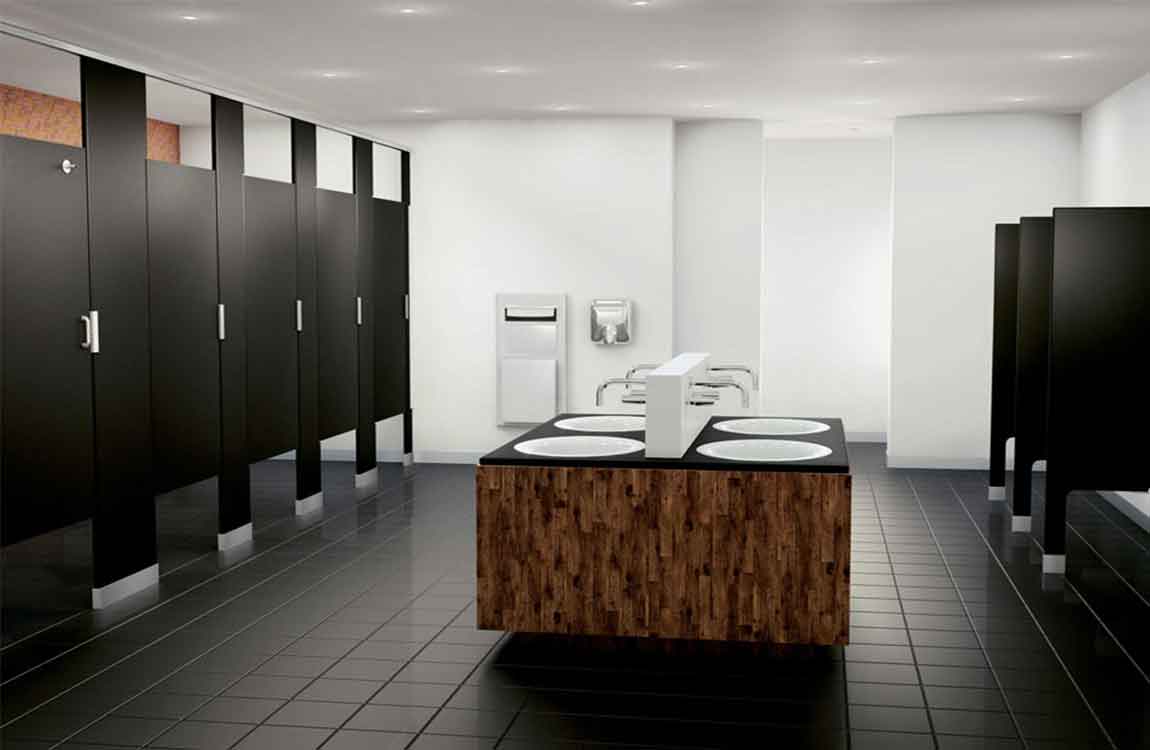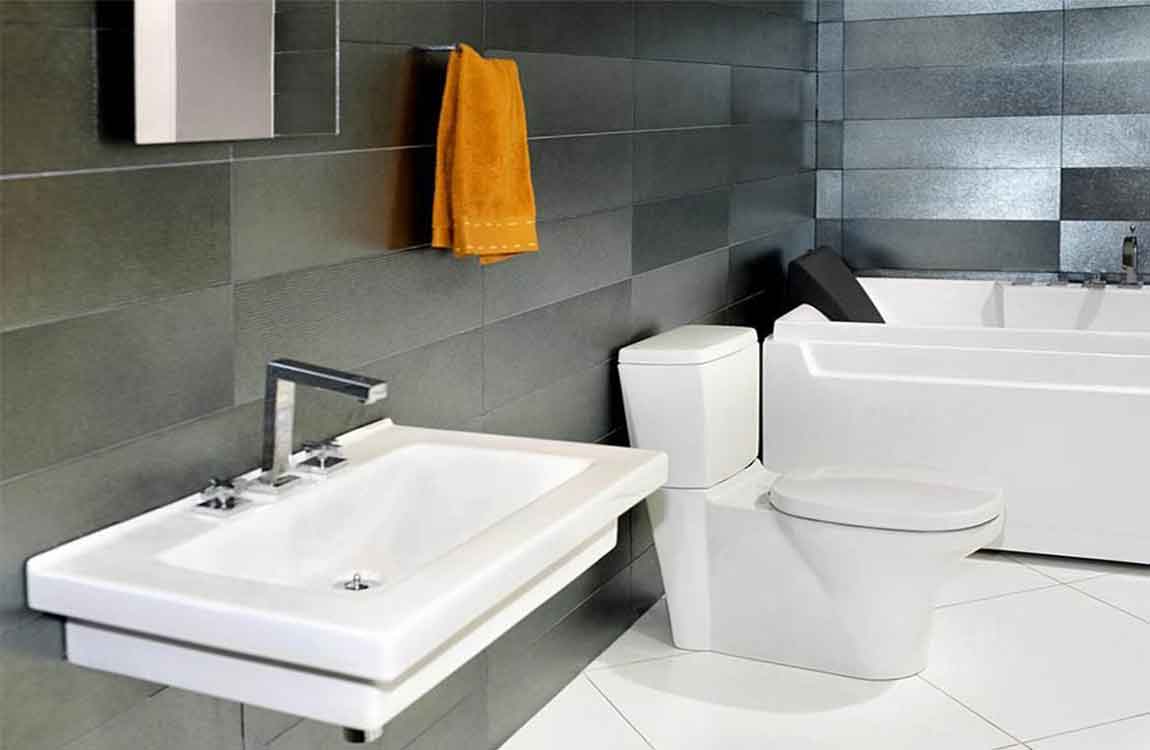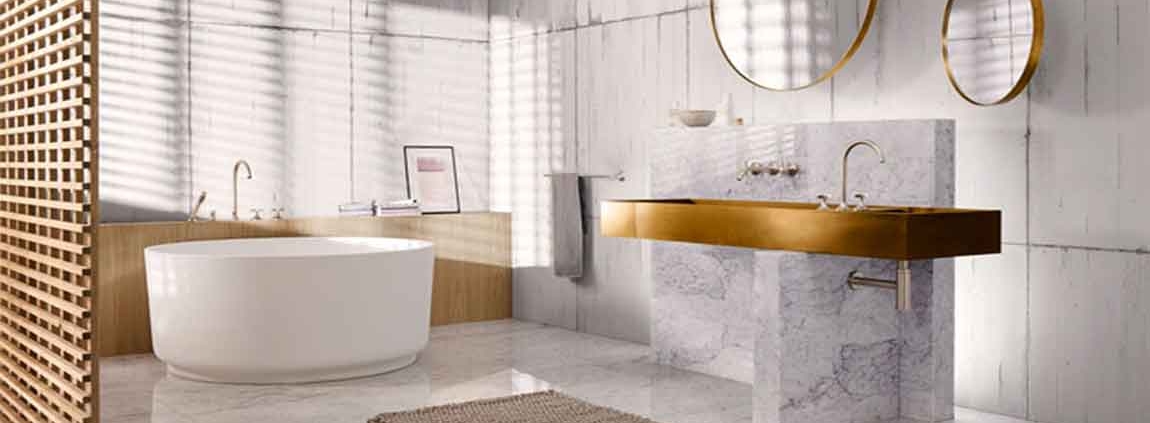How to Clean Your Shower Screen?
Shower screens are generally made up of plastic and other synthetic polymers. Over time you can see that a layer of dust and dirt settles on it. It’s important to clean your shower screen from time to time—if they are left uncleaned for a long time, the dust can dry and streak the screen.
Use simple water and dishwashing detergent to clean your shower screen. Squirt some high-quality dishwashing detergent over the grotty shower screen. Use a scrubbing brush (or an old cloth) and a bit of water to ensure the whole screen is clean. Use the brush or cloth in a circular motion until the whole screen has been covered. Wash off with fresh water.
Clean a glass shower screen by scrubbing with baking soda and vinegar. First, get the shower screen wet by running the shower. Put baking soda in a cloth and scrub the screen. Finally, put white vinegar in a spray-bottle. Spray the screen down to get all the baking soda off. Rinse with warm water.
Use a vinegar soak to loosen up hard mineral deposits. Completely dry off your screens. Soak paper towels in vinegar and stick them onto the screen until the area is covered. Try putting more than one layer on if possible to keep the area soaked. Leave them on for at least 45 minutes. If there’s a lot of lime, then you may want to leave them on for a few hours. Once that’s over, the residue should wipe off easily.
Use lemon juice and salt. If you have metal frames, mix one tablespoon of lemon juice with two tablespoons of salt. Use a toothbrush to scrub the frame, especially in the corners. Let sit for a few minutes and then rinse with warm water.

